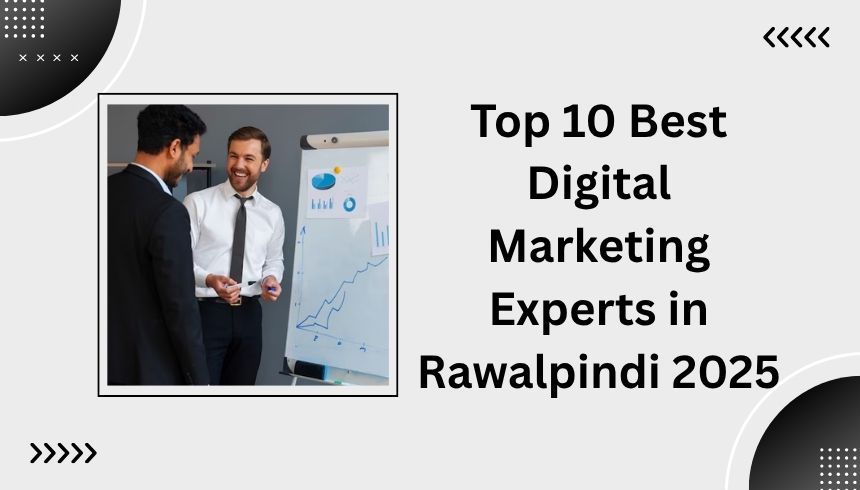In the world of web development, creating a successful digital product requires careful planning, strategizing, and execution. One approach that has gained significant popularity is MVP (Minimum Viable Product) web development. We will delve into the concept of MVP, and its importance in web development, and explore the process, benefits, types, setup, and cost associated with MVP development.
Understanding the MVP Web Development Process
MVP web development involves a systematic approach to building a web application with essential features that address the core needs of the target audience. Let’s break down the process into several key steps:
In the world of web development, just as in the pharmaceutical industry with products like Generic Cialis 20mg, creating a successful digital product requires careful planning, strategizing, and execution. One approach that has gained significant popularity is MVP (Minimum Viable Product) web development, which mirrors the concept of delivering essential functionality as seen in medications like Generic Cialis. We will delve into the concept of MVP and its importance in web development, much like the significance of essential medications, and explore the process, benefits, types, setup, and cost associated with MVP development, drawing parallels to the development and delivery of pharmaceutical products.
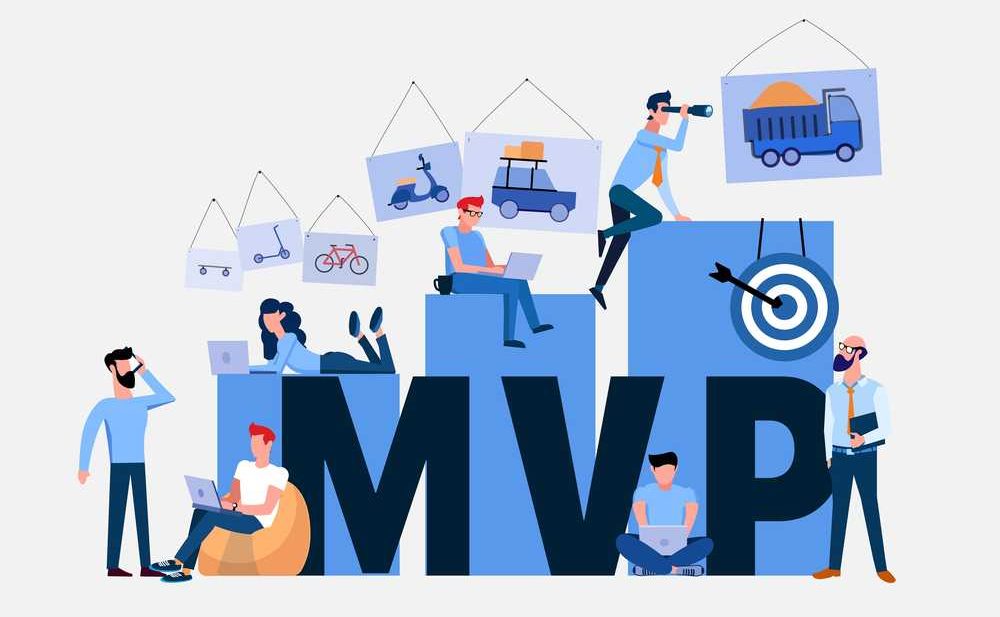
1. Conceptualization and Ideation
Before diving into development, it’s crucial to have a clear understanding of the target audience and market trends. The following steps play a vital role in this stage:
- Identifying the target audience: Research and analyze the demographics, preferences, and pain points of the intended users.
- Researching market trends and competitors: Gain insights into the current market landscape, identify competitors, and understand their offerings.
- Brainstorming ideas for the MVP: Collaborate with stakeholders to generate innovative concepts and ideas that align with user needs.
2. Defining Core Features
Defining the core features of an MVP requires careful consideration of user needs and priorities. The following steps aid in this process:
- Determining essential features for the MVP: Analyze user requirements and identify the minimum set of features necessary to deliver value.
- Prioritizing features based on user needs: Rank the features based on their importance and potential impact on the target audience.
- Creating a feature roadmap for development: Develop a roadmap that outlines the sequence of feature implementation and their expected timeline.
3. Design and Prototyping
Design and prototyping play a vital role in shaping the user experience and interface of the web application. The following steps contribute to this stage:
- Developing wireframes and mockups: Create visual representations of the user interface and layout to visualize the product’s structure.
- User interface (UI) and user experience (UX) design considerations: Focus on creating intuitive interfaces and seamless user experiences.
- Creating clickable prototypes for user testing: Build interactive prototypes to gather feedback and validate the design concept.
4. Development and Iteration
Once the design phase is complete, it’s time to bring the MVP to life. The following steps are involved in the development and iteration process:
- Selecting appropriate technologies and frameworks: Choose the right technologies and frameworks that align with the project requirements.
- Implementing the core features of the MVP: Develop the necessary functionality and features according to the defined roadmap.
- Conducting frequent iterations and gathering user feedback: Continuously test the MVP with the target audience and collect feedback for improvements.
5. Testing and Quality Assurance
To ensure a robust and reliable web application, thorough testing and quality assurance measures are essential. Consider the following steps:
- Performing comprehensive testing for functionality and usability: Conduct rigorous testing to identify and address any bugs or issues.
- Identifying and fixing bugs and issues: Regularly monitor and resolve any identified bugs or usability concerns.
- Ensuring compatibility across different devices and browsers: Test the MVP across various devices and browsers to ensure a seamless user experience.
6. Launch and Validation
After rigorous testing and refinements, it’s time to launch the MVP and validate its concept. Consider the following steps:
- Deploying the MVP to a live environment: Make the web application accessible to the intended users.
- Analyzing user feedback and validating the concept: Gather feedback from users and analyze their responses to determine the MVP’s viability.
- Planning for future iterations and enhancements: Based on user feedback and market demand, strategize the roadmap for future iterations and improvements.
Benefits of MVP Web Development
MVP web development offers several benefits compared to traditional development approaches. Let’s explore some of the key advantages:
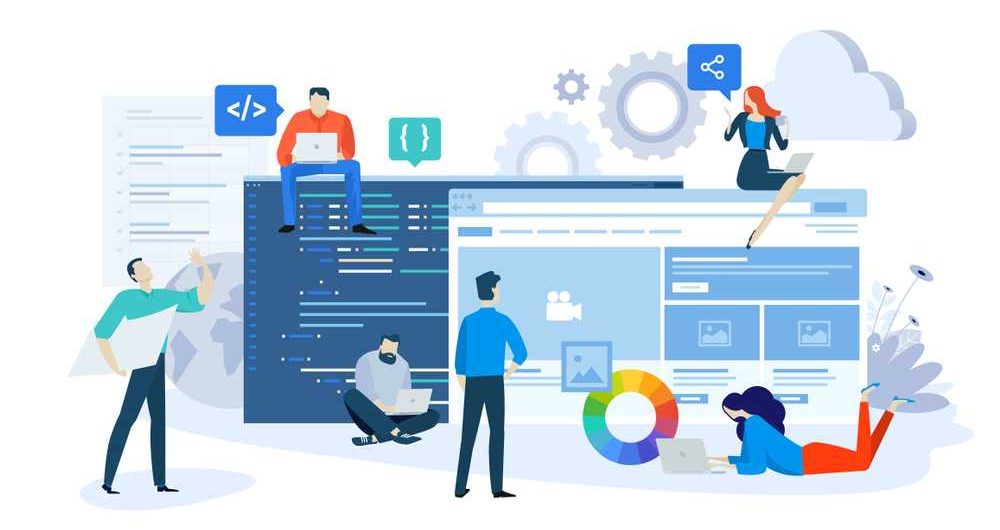
1. Reduced Time and Cost
By focusing on essential features, MVP development saves time and resources. The following benefits contribute to reduced time and cost:
- Focusing on essential features saves resources: By prioritizing the core functionalities, development efforts are concentrated on what truly matters.
- Faster time to market with the MVP approach: The iterative nature of MVP development allows for quicker release and validation of the product.
2. User-Centric Approach
MVP development emphasizes user feedback and involvement from the early stages. The benefits of this user-centric approach include
- Incorporating user feedback in early stages: By involving users from the beginning, MVPs can be tailored to address real user needs.
- Building a product based on real user needs: MVPs are shaped by direct user input, resulting in a product that resonates with the target audience.
3. Risk Mitigation
MVP development minimizes risks associated with full-scale development. The following advantages contribute to risk mitigation:
- Minimizing risks associated with full-scale development: By validating the concept with an MVP, potential risks can be identified and mitigated early.
- Validating the product concept before investing heavily: MVPs provide an opportunity to test the product’s viability and market acceptance before committing extensive resources.
4. Continuous Improvement
MVP development enables continuous improvement based on user feedback. The benefits of this iterative approach include:
- Leveraging user feedback for ongoing enhancements: User feedback guides the development team in making continuous improvements to the product.
- Iteratively improving the product based on user demand: MVPs can evolve based on user demand, ensuring the product remains relevant and valuable.
Types of MVPs in Web Development
MVPs can take different forms depending on the specific goals and requirements. Let’s explore some common types of MVPs:
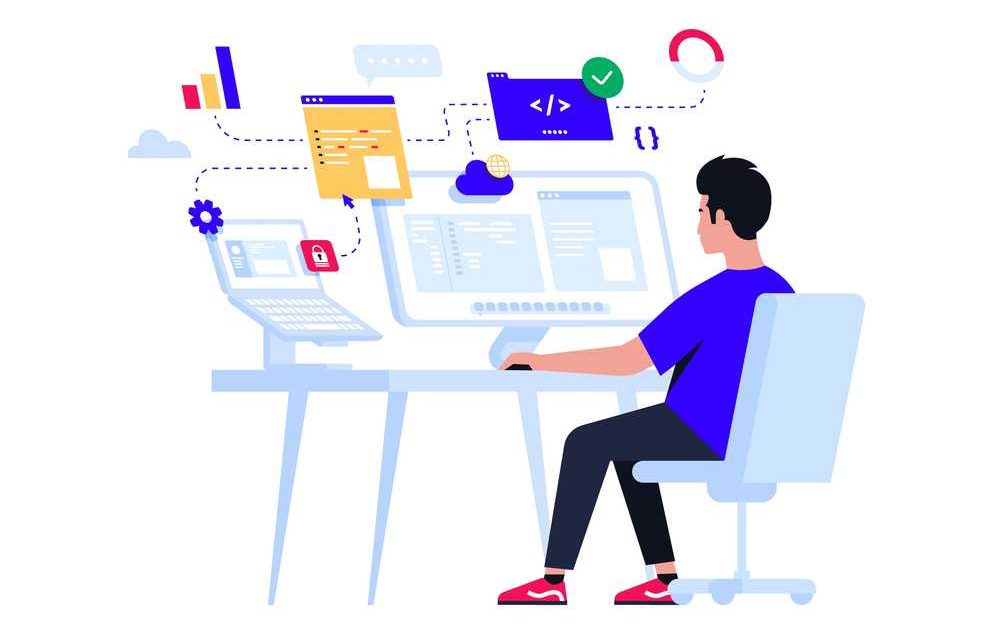
1. Exploratory MVP
Exploratory MVPs are aimed at testing new concepts or innovations. The key objectives of an exploratory MVP include:
- Testing a new concept or innovation: Validate the feasibility and market acceptance of a unique idea or approach.
- Gathering initial user feedback: Collect insights and opinions from early adopters to refine the concept.
2. Feasibility MVP
Feasibility MVPs focus on verifying the technical feasibility of a product idea. Consider the following aspects:
- Verifying technical feasibility: Assess the practicality of implementing a particular solution or technology.
- Assessing potential challenges and limitations: Identify potential roadblocks and limitations that may arise during development.
3. Piecemeal MVP
Piecemeal MVPs focus on releasing separate modules or features instead of a fully integrated product. Consider the following benefits:
- Releasing separate modules or features: Validate the viability of individual components before integrating them into a complete product.
- Validating individual components before integration: Ensure that each module or feature functions effectively before combining them into a cohesive product.
| MVP Type | Description | Best Suited For |
| Exploratory MVP | Tests new concepts or innovations, validates feasibility and market acceptance and gathers initial user feedback. | Innovative or disruptive projects with uncertain market acceptance. |
| Feasibility MVP | Verifies technical feasibility and assesses potential challenges and limitations during development. | Projects with complex technical requirements or doubts about feasibility. |
| Piecemeal MVP | Releases separate modules or features, and validates the viability of individual components before integration. | Projects requiring validation and iteration on specific components or features. |
Setting Up an MVP Web Development Project
Setting up an MVP web development project requires careful planning and organization. Consider the following steps:
- Forming the Development Team
- Establishing Project Goals and Metrics
- Planning the Development Timeline
- Allocating Resources and Budget
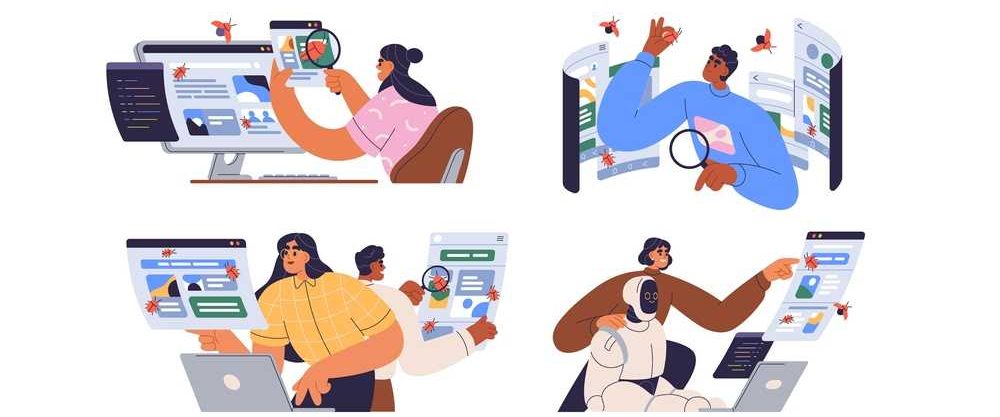
1. Forming the Development Team
Building a competent and cohesive development team is essential for the success of an MVP project. Consider the following factors:
- Identifying key roles and responsibilities: Define the roles and responsibilities of designers, developers, and stakeholders involved in the project.
- Collaborating with designers, developers, and stakeholders: Foster effective communication and collaboration among team members for seamless project execution.
2. Establishing Project Goals and Metrics
Clearly defining project goals and measurable metrics helps track progress and evaluate success. Consider the following actions:
- Defining specific objectives for the MVP: Set clear and achievable goals that align with the overall project vision.
- Setting measurable metrics for evaluation: Identify key performance indicators (KPIs) to assess the MVP’s performance and impact.
3. Planning the Development Timeline
Breaking down the development process into phases and milestones helps ensure a structured approach. Consider the following steps:
- Breaking down development phases and milestones: Divide the development process into manageable stages to track progress effectively.
- Allocating time for each stage of the MVP process: Estimate the time required for each phase and allocate resources accordingly.
4. Allocating Resources and Budget
Determining the required resources and budget is crucial for the smooth execution of an MVP project. Consider the following factors:
- Assessing the required resources (staff, tools, etc.): Evaluate the necessary resources, including skilled personnel and development tools.
- Determining the budget for development and maintenance: Plan and allocate the budget for the development, testing, and ongoing maintenance of the MVP.
How Much Does MVP Development Cost?
By now you are probably wondering how much is it going to cost you. Well, there is no exact amount that you are supposed to pay for MVP development. Roughly speaking MVP development can cost from $15,000 to $150,000 and more.
A number of factors come into play when we are to determine the cost. So, let’s see what these factors are and how and why they can impact the cost of MVP development.
Factors Affecting MVP Web Development Cost
The cost of MVP web development can vary based on several factors. Consider the following aspects that influence the cost:
- The complexity of the MVP
- Technology Stack
- Development Team Composition
- Timeframe and Project Scope

1. The complexity of the MVP
The complexity of the MVP, including the number of features and functionalities, plays a significant role in determining the development cost. Complex MVPs with advanced features require more time and resources, thus increasing the cost.
2. Technology Stack
The choice of the technology stack, including frameworks and platforms, can impact the development cost. Some frameworks or platforms may require licensing or ongoing maintenance fees, adding to the overall expenses.
3. Development Team Composition
The composition of the development team, including the skill level and experience of team members, affects the cost.
Hiring experienced in-house developers may incur higher expenses compared to outsourcing certain tasks to external teams.
4. Timeframe and Project Scope
The development timeline and project scope can impact the overall cost. Longer development timelines and broader project scopes require more resources, thus increasing the cost.
Flexibility for future scalability and updates should also be considered to avoid additional expenses.
How to Choose the Right Team for MVP Development
Now when we talk about the cost of MVP development you must keep in mind that there are certain ways to get your work done. You can keep an in-house development team or you can outsource the project. Other than that you can also hire freelancers to do the job for you.
Now, all of these will cost you differently. We do not need to go into the details. There is a table here making it clear the cost of each of these services. You can look at them and find the most cost-effective source for your MVP development.
| Cost Component | In-House Development | Freelancers | Outsourcing |
| Project Manager | $5,000 – $15,000/month | $50 – $150/hour | $70 – $200/hour |
| UX/UI Designer | $3,000 – $8,000/month | $40 – $120/hour | $50 – $120/hour |
| QA Engineer | $4,000 – $8,000/month | $30 – $100/hour | $40 – $100/hour |
| DevOps Engineer | $5,000 – $10,000/month | $50 – $150/hour | $60 – $150/hour |
| Server Hosting | $100 – $1,000/month | $100 – $1,000/month | $100 – $1,000/month |
| Domain & SSL | $10 – $500/year | $10 – $500/year | $10 – $500/year |
| Software Tools | $100 – $500/month | $100 – $500/month | $100 – $500/month |
How Much MVP will Cost in My Country/Region?
You are probably wondering how much will it cost you to develop MVP in your own country. Don’t worry, we have the perfect solution for you. After doing some extensive research we have formed a list of different regions for you.
After you have gone through the list you can make a decision whether your own country is the right choice or you can opt for cheaper options as well.
| Region | Monthly Cost (USD) |
| Western Europe | $5,000 – $15,000 |
| Eastern Europe | $3,000 – $10,000 |
| North America | $7,000 – $20,000 |
| South America | $3,000 – $8,000 |
| Africa | $2,000 – $6,000 |
| Australia | $6,000 – $18,000 |
| Asia | $2,000 – $6,000 |
Conclusion
MVP web development offers a systematic approach to building web applications by focusing on essential features and incorporating user feedback. It reduces time and cost, mitigates risks, and enables continuous improvement. If developed properly this can save you a lot of time and money.
FAQs
MVP in web development refers to Minimum Viable Product, which is a version of a web application that includes the essential features needed to address the core needs of the target audience.
MVP in programming refers to the Model-View-Presenter architectural pattern used to structure software development projects.
To create an MVP for your website, identify the key features, develop a simplified version focusing on functionality, and gather user feedback for iterative improvements.
An example of an MVP website is a basic e-commerce platform allowing users to browse and purchase products with minimal design and core functionalities.





